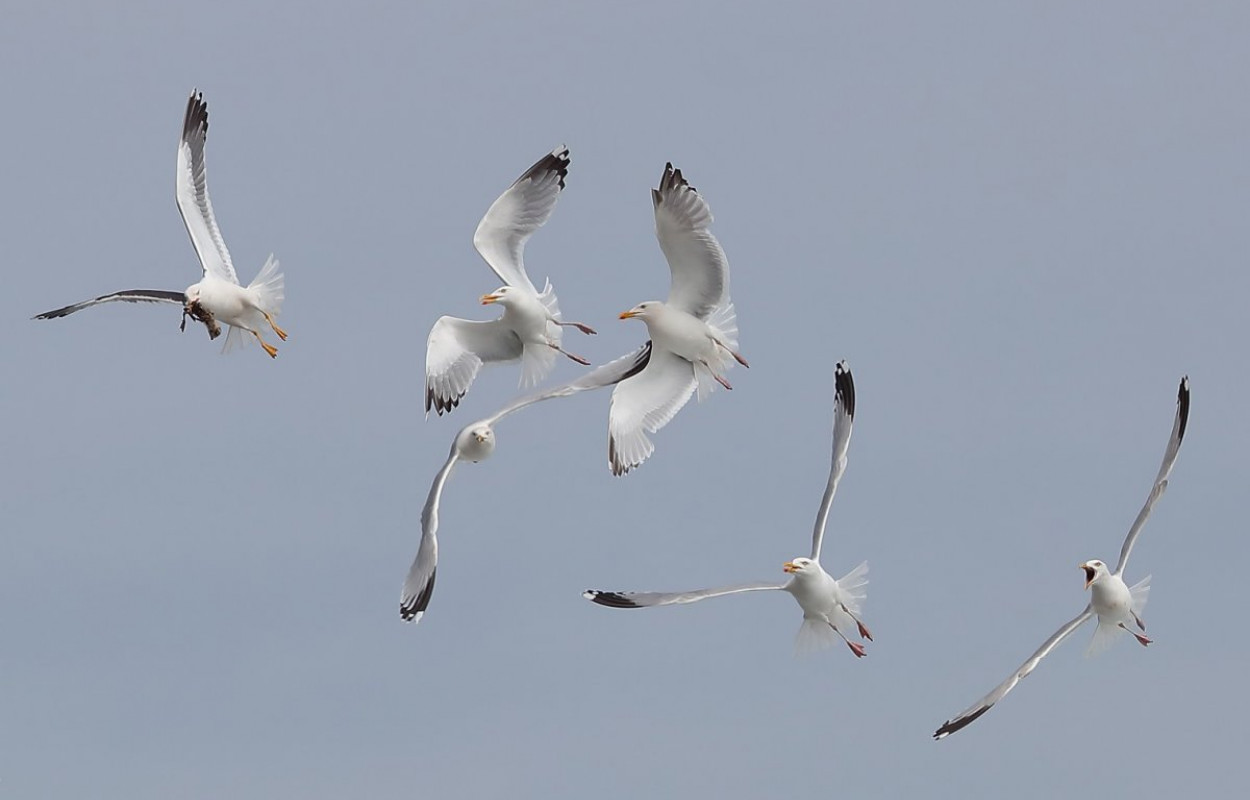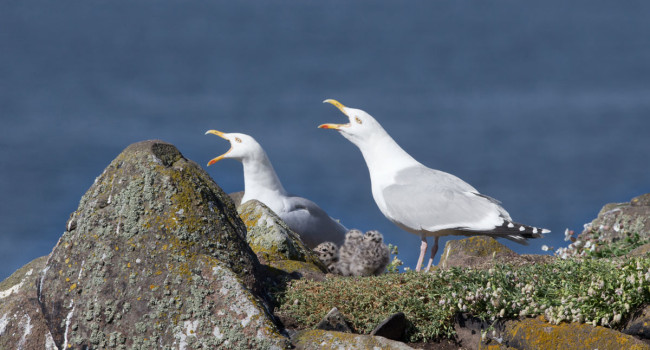Density-dependence and marine bird populations: Are wind farm assessments precautionary?

Author(s): Horswill, C., O'Brien, S. & Robinson, R.A.
Published: December 2016
Journal: Journal of Applied Ecology
Digital Identifier No. (DOI): 10.1111/1365-2664.12841
The construction of offshore wind farms is rapidly increasing as governments aim to reduce carbon emissions. However, since there is a growing body of evidence linking offshore wind farms to increased rates of mortality and displacement in seabirds, many countries require a full assessment of any potential impacts to seabird populations before giving consent for wind farm development. These impact assessments follow the precautionary principle, so that consent decisions are based on estimates of the maximum harm that could be caused to seabird populations. Such assessments typically exclude any consideration of density-dependent processes on the population concerned. Density-dependence can be both positive and negative. Negative density-dependence occurs when, for example, the death of breeding adults frees up space in the population for young birds to join it and become breeders themselves. This process can therefore offset the loss of individuals from a breeding population. Positive density dependence can take place once a population falls below a critical threshold. Small populations might not have the ‘safety in numbers’ benefits of seeing off predators, or have a sufficient numbers of potential mates to make the population sustainable. Populations can change from negative to positive density-dependence should they become too depleted.
Seabirds are one of the most threatened bird groups in the world, so understanding the implications of wind farm impact assessments for their breeding populations is crucial. New research by the BTO and the JNCC collated evidence for density-dependent population processes in 31 species. The results found widespread evidence for negative density-dependence, especially amongst the large gulls and auks, meaning that populations may be able to withstand small and infrequent losses associated with renewable energy developments. However, extinctions will still occur if the number of losses is greater than the number of new breeding recruits, and species that are highly vulnerable to wind farm developments include large gulls, small gulls, Gannets, seaducks and divers.
The study also showed that positive density-dependence was prevalent in the smaller species that breeding in colonies, such as terns, small gulls and auksThese species are likely to experience accelerated rates of population decline at low densities due to increased predation from large gulls and corvids. For such populations impact assessments that ignore density-dependent processes will underestimate the projected impact of a wind farm and could therefore overlook potential extinction events.
Scientifically robust estimates of the expected impacts of wind farms on seabird populations are critical. The evidence for density-dependence in seabird populations indicates that the current impact assessment process does not offer a fully precautionary approach. A more robust approach would be to compare the projected population size with and without the expected population changes associated with the proposed development, and test how this changes under a range of density-dependent scenarios.
For more information about this research, please see this blog for the Journal of Applied Ecology.
Notes
Preliminary data collection for this project was funded by the Joint Nature Conservation Committee, Peterborough.







Share this page